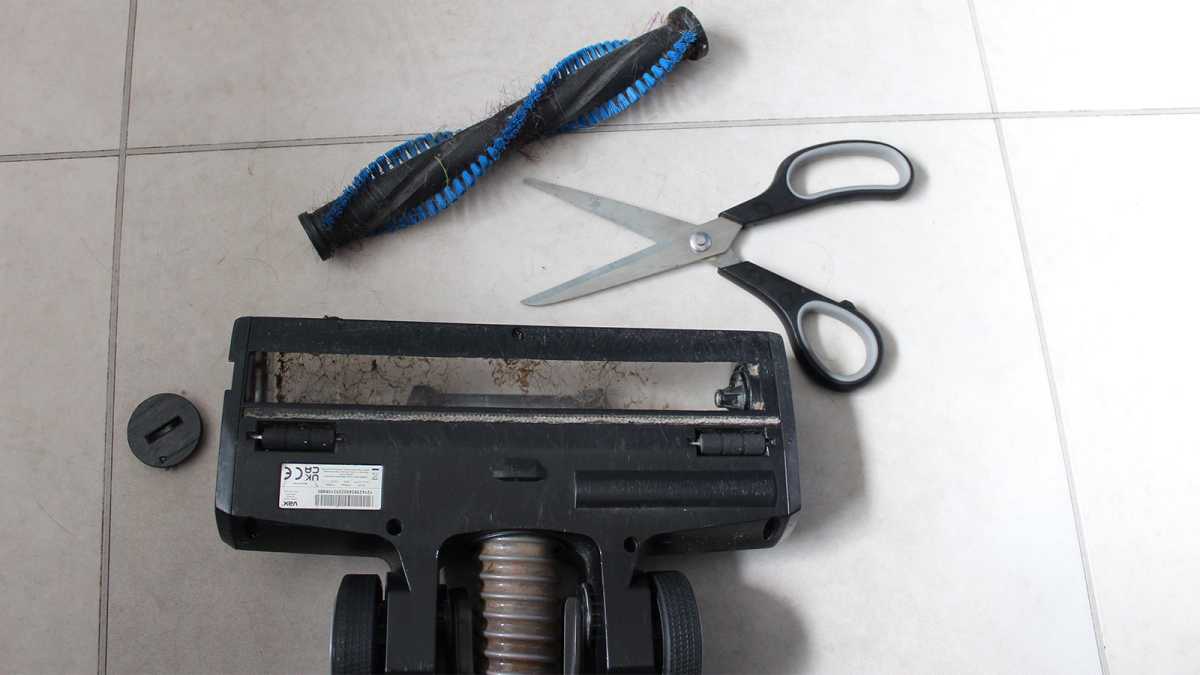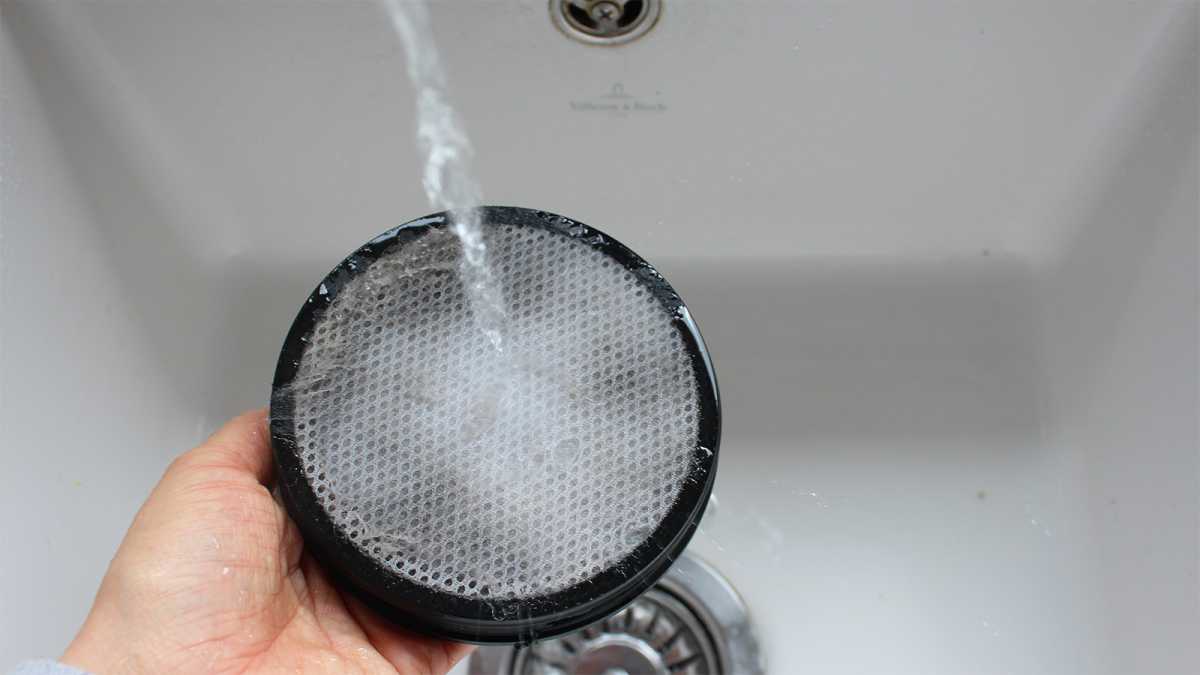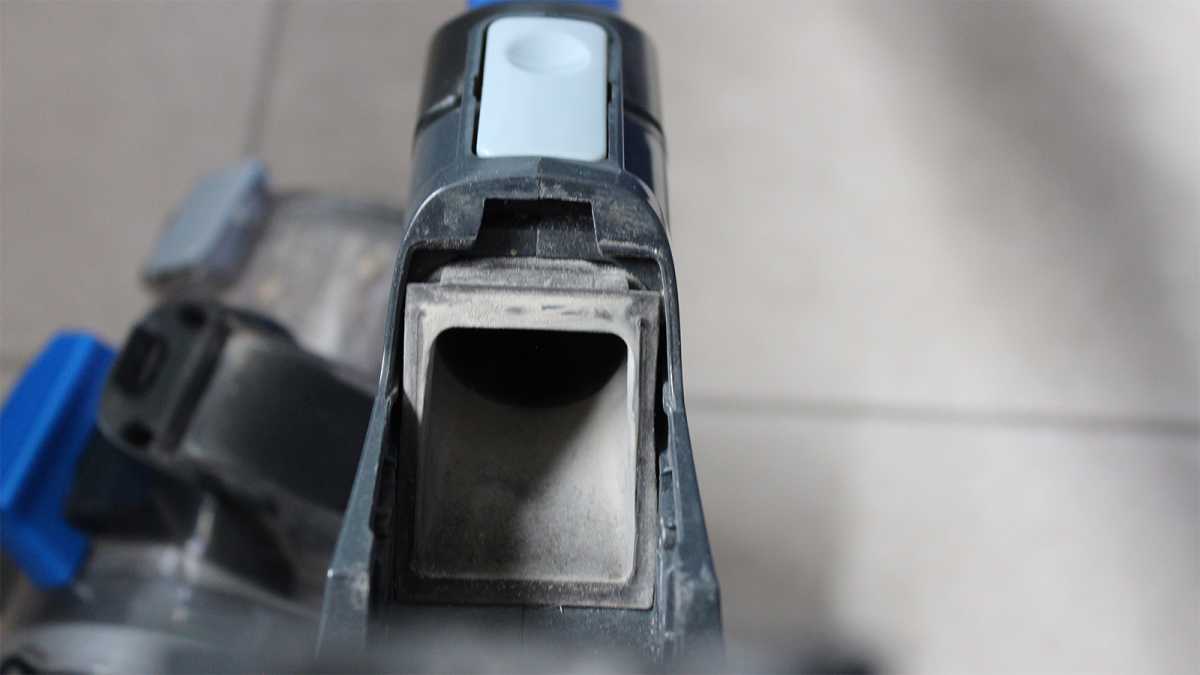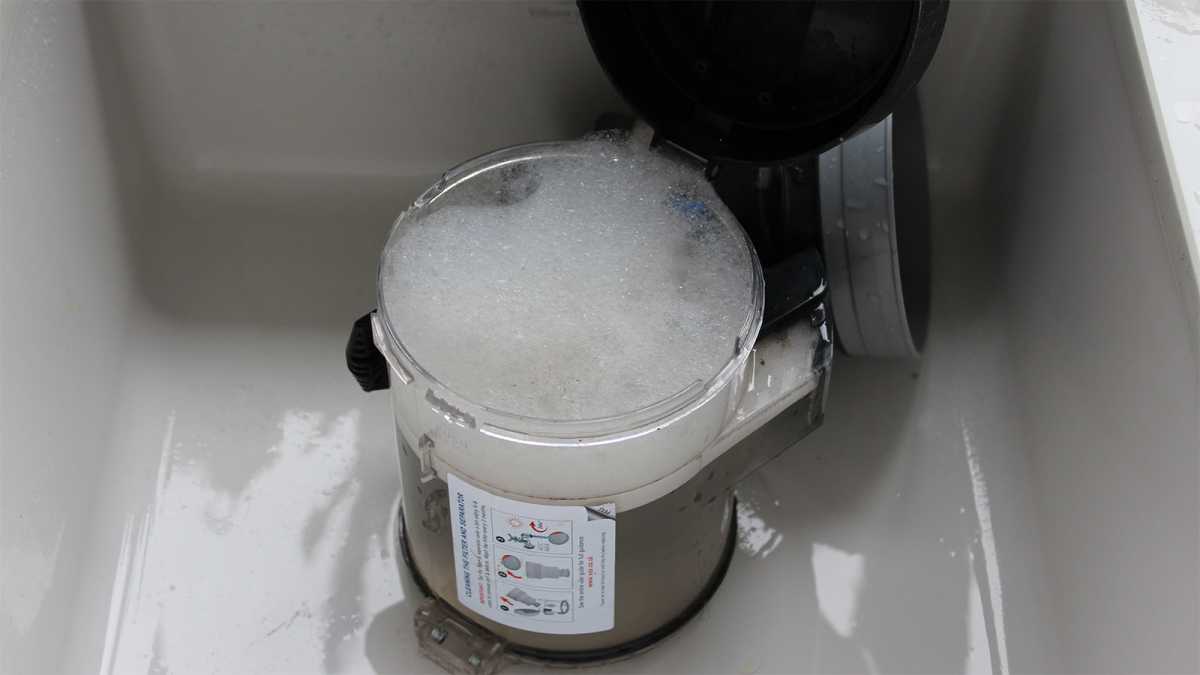There is great irony in the fact that the appliances – like our dishwashers and washing machines – that we use to clean other items also require cleaning themselves in order to do the best job possible. The same goes for your vacuum cleaner.
If your vacuum cleaner is losing efficiency or starting to smell musty, it’s a sign that it needs maintenance. Here are the most common vacuum maintenance tasks: Refer to your manual for details on accessing each part.
1. Clean the brush bar
A brush bar clogged with hair or fur isn’t doing its job properly, putting more work on your shoulders by requiring multiple passes to pick up dust and debris. Additionally, a clogged brush bar puts more strain on the vacuum’s belt and motor, reducing their lifespan. It is therefore vital to keep it clean.

Rachel Ogden / Foundry
Unplug (or remove the battery) and turn your vacuum over. Using a pair of scissors, carefully cut the threads and tangled hair: it is better to do this than to pull them out. Make sure you don’t cut any hairs. There may be indentations along the entire length of the brush bar, allowing you to push the scissors without damaging the bristles. If there is dirt or fibers in the bristles, you can clean the bar with warm water. Make sure it is completely dry before replacing it on the vacuum cleaner.

Rachel Ogden / Foundry
If the brush bar doesn’t spin at all or spins very slowly even after a complete unclog, you may need a new belt. Likewise, if the bristles are damaged or severely bent, replacing the brush bar is usually more cost-effective than replacing the entire machine.
2. Washing and/or replacing filters
Keeping the filter clean can be a chore, but it’s essential that the vacuum cleaner picks up dust properly. Check where your vacuum cleaner’s filter is located and if it is washable.
If possible, take it outside before removing it. Tap it firmly to remove excess dust. Back inside, if it’s washable, run it under warm water to remove any remaining dust and let it dry completely before putting it back.

Rachel Ogden / Foundry
For filters that are not washable, remove dust from the outside before putting them back in place and replace it when the filter shows obvious signs of wear. Your manual should contain advice on how often to replace filters.
3. Check the clogs
If your vacuum cleaner is losing suction, one of the most likely causes is a blockage. Not only can this affect its cleaning power, but it can also fatigue the motor. Unplug or remove the battery before tackling it, then check where the plug might be.
The culprits are usually found in the hose, but be sure to check the brush bar, attachments, and inlet to the main body of the vacuum. Even something as small as a Kirby grip can cause a blockage, so carry a torch to find it.

Rachel Ogden / Foundry
4. Empty it often
A full vacuum cleaner is an unhappy machine. It’s a good idea to change the bag on bagged models regularly, resist the temptation to reuse bags, and make sure they are secure each time.
Likewise, don’t wait until bagless trash cans are full. Two-thirds full is a good time to empty it – before you start to notice a decrease in suction – but after each cleaning, your vacuum will continue to purr.
5.Wash the trash
Not emptying your vacuum often enough can cause musty odors when you use it. If an odor persists after emptying the trash can, washing the trash can should eliminate it. For bagged models, once unplugged, wipe the cavity with warm, soapy water and allow it to dry completely.

Rachel Ogden / Foundry
For bagless, detach the container and remove all filters, before washing the container and letting it dry completely. If odors persist, wipe down your vacuum parts with a solution of white vinegar and water to disinfect. You can also try vacuuming baking soda off the floor.
By doing these small cleaning jobs, your vacuum should not only run longer, but your floors will also be easier to clean.
If cleaning your vacuum from head to toe isn’t getting the result you want and you’re in the market for a new vacuum, check out our roundup of the best vacuums we’ve tested.
Table of Contents







